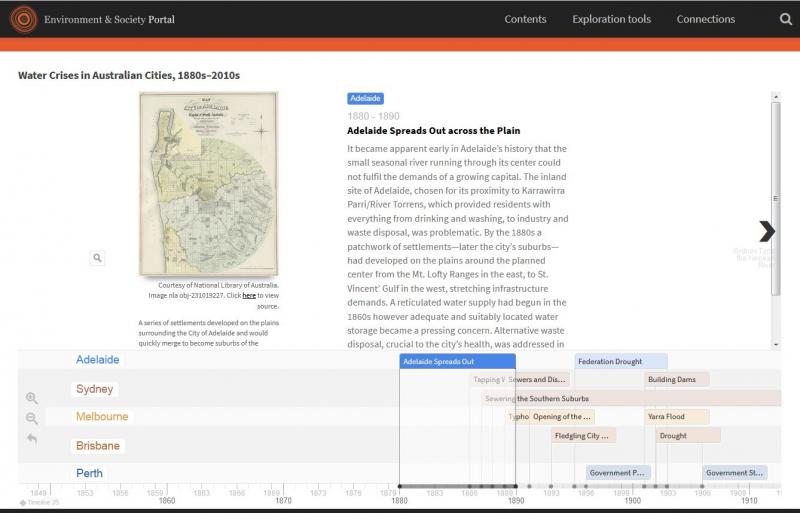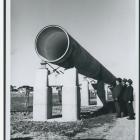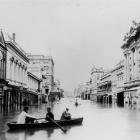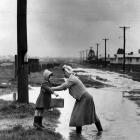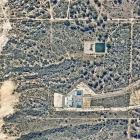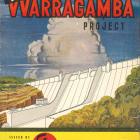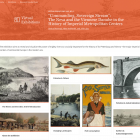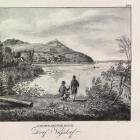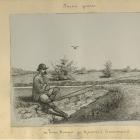Australian Cities Timeline
Australian Cities Timeline
Drought, Mud, Filth, and Flood: Water Crises in Australian Cities, 1880s–2010s
In this exhibition, we invite visitors to consider the historical relationship of “water crises” of various kinds to the development of urban water systems, through the experience of the driest inhabited continent on earth, Australia. We have chosen a range of different departures from water-related business as usual—from shortage to flood, pollution to drainage—in the five mainland Australian state capitals from the late nineteenth century to the present. The part of this exhibition devoted to each city focuses thematically on just one or two kinds of crisis, while the timeline covers a wider range of events in each place.
About the ExhibitionAbout the author

University of Western Australia
Show more
University of Queensland & La Trobe University, Australia
Show more
Monash University, Australia
Show more
University of Western Australia
Show more
Monash University, Australia
Show more
University of South Australia
Show more
University of Queensland, Australia
Show more
University of South Australia
Show more
University of Sydney, Australia
Show more
University of Western Australia
Show more
University of Western Australia
Show more

